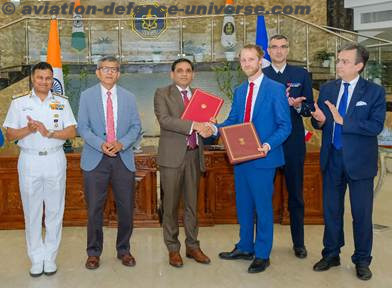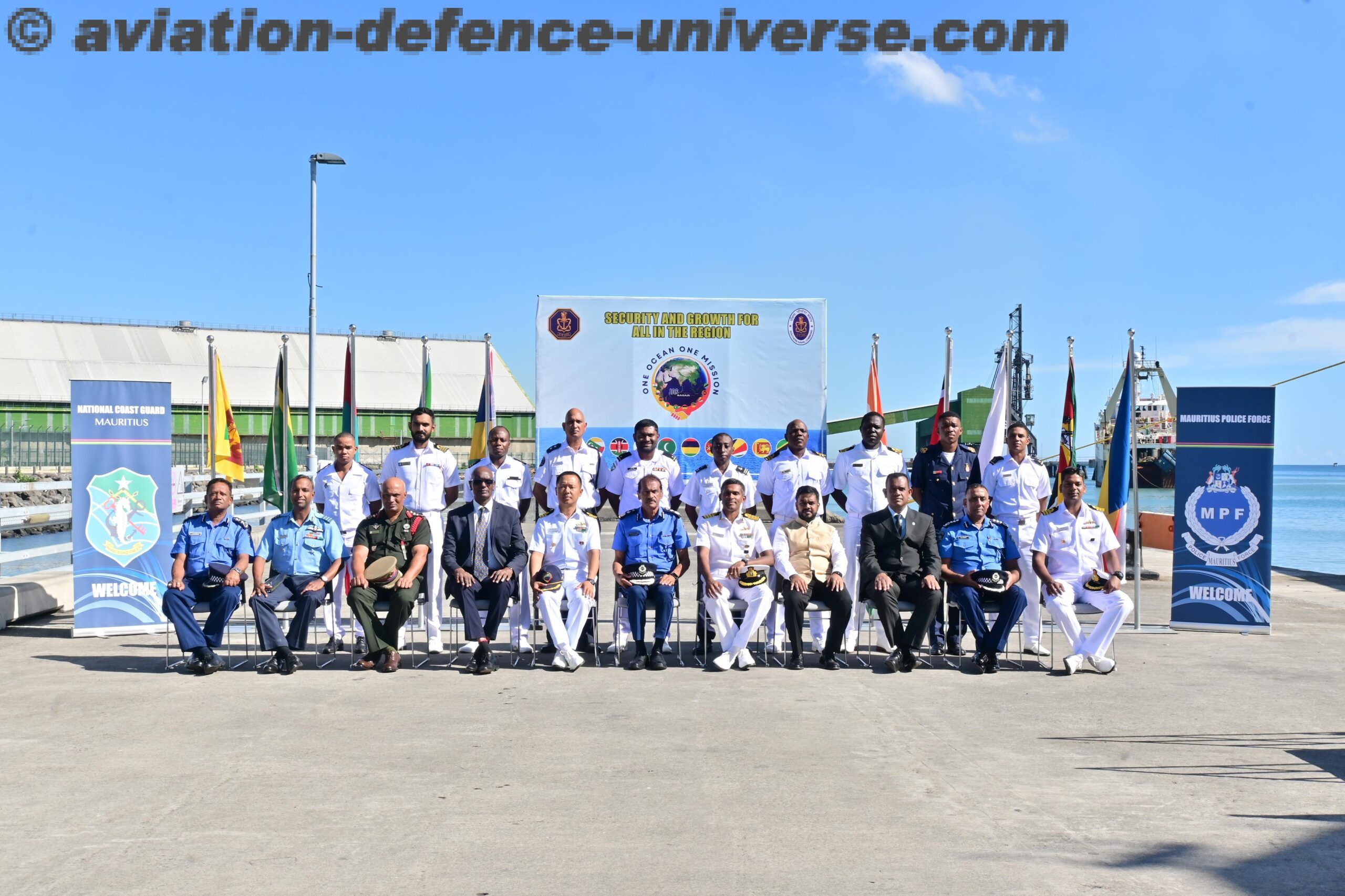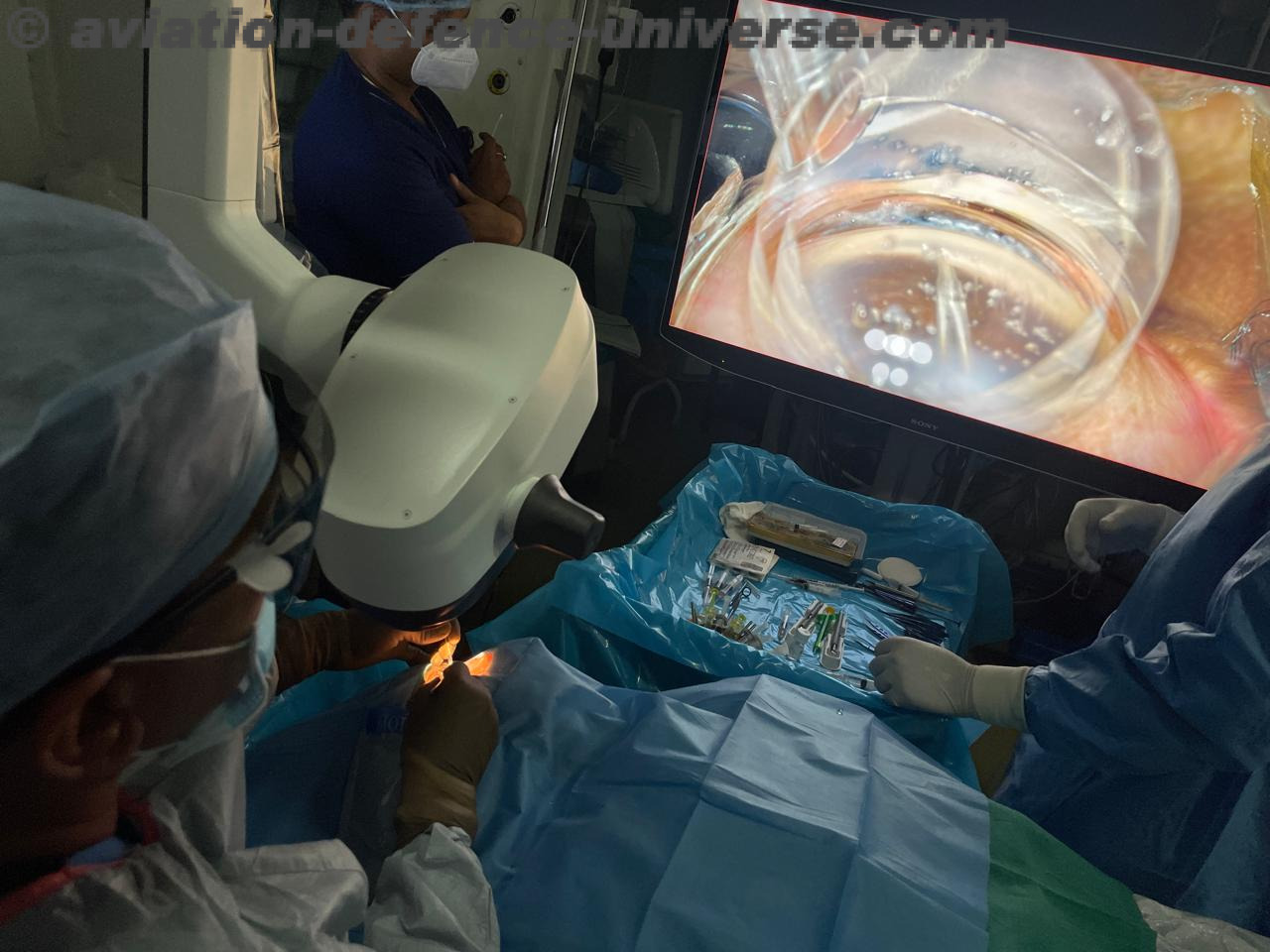Greenwich, London. 14 September 2017. Kelvin Hughes is delighted to announce that it has been awarded a contract by Hyundai Heavy Industries to supply the Integrated Navigation Bridge System (INBS) for The Royal New Zealand Navy (RNZN) Maritime Sustainment Capability (MSC) Vessel.
The INBS system meets the requirements of IMO Lloyds Register Class Notation IBS and Naval Ship Code. It includes a dual redundant data distribution system and fully integrated Kelvin Hughes multifunction displays. The radar system takes advantage of the Kelvin Hughes’ advanced solid state SharpEye™ Doppler radars that bring full situational awareness to the bridge even in the most severe weather conditions.
The MSC tanker is the New Zealand Defence Force’s (NZDF) future ice-capable fleet replenishment tanker and will be the largest vessel to be operated by the RNZN. With a scheduled delivery of the ship in 2020 by Hyundai Heavy Industries and the RNZN planning to induct the vessel in 2021, Kelvin Hughes will supply the bridge system for installation in 2018. The MSC vessel was approved by The Government of New Zealand in June 2014 allowing the tender to be released in March 2015. The contract was awarded to Hyundai Heavy Industries in July that year for $493 million and the vessel will be built at the Ulsan Shipyard in South Korea.
The scope of work includes the design and integration of the Kelvin Hughes supplied navigation equipment and Shipyard supplied systems in a suite of bridge consoles manufactured in Korea.
Spike Hughes, Sales and Marketing Director at Kelvin Hughes stated:
“Kelvin Hughes has been designing integrated navigation bridge systems for over three decades and has a wealth of experience which enables us to meet the demanding requirements of specialist naval bridges for the RNZN and also The Royal Navy’s Royal Fleet Auxiliary Tide Class”.
The navigation radar sensors selected are to be SharpEye™ S and X-Band and one S-Band SharpEye™ sensor optimised for helicopter approach and control.
On the bridge of any ship, the navigation radars are essential for the safe navigation of the vessel and safety of life onboard. SharpEye™ provides an advanced radar sensor that through the Doppler processing, enhanced pulse compression and Moving Target Detection (MTD) processing, provides unprecedented situational awareness, detecting small targets on the sea surface and low aerial targets such as helicopters out to the horizon in severe weather conditions. The combination of these radar techniques enables the sea and rain clutter to be filtered out without losing the radar targets of interest. This is especially important when protecting the ship from threats such as swimmers, RHIBs and other low Radar Cross Section (RCS) threats.
SharpEye™ detection performance, removes the need for a helicopter transponder. The MSC will control flight deck operations, recovery and local airspace management through two helicopter control displays with tactical software. In total, there will be eleven displays on the bridge as part of the IMO compliant system.
The Kelvin Hughes Integrated Navigation Bridge System (INBS) utilises its latest bridge navigation display system and is based on the proven Kelvin Hughes multifunction tactical radar display.
The networked display system allows for operation as full multifunction workstations for improved ergonomic operation and redundancy. This means not only the radar, ECDIS and conning can be operated from any designated multifunction display, but also the WECDIS.
Part of the ships mission is to be capable of operating in polar conditions and the Kelvin Hughes SharpEye™ radars are compliant with the winterisation requirements for operation in an Antarctic environment and all other weather conditions.
The solid state SharpEye™ transceivers are located upmast in the carbon composite turning unit housing and bring additional benefits such as high reliability, no loss of signal and reduced cost of installation due to the removal of wave guide routing downmast. Reliability is further improved by the use of a direct drive motor system rather than the traditional antenna rotator gearbox.



























































































































